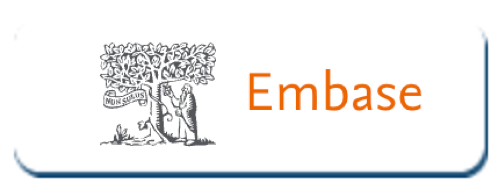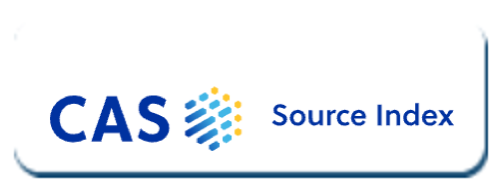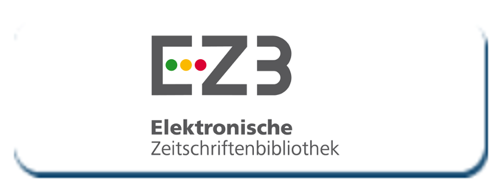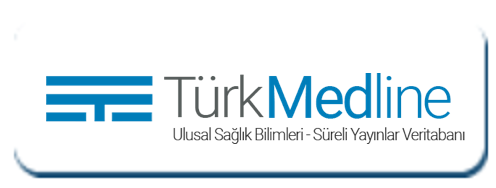Prune belly syndrome: A mini-review and case report
DOI:
https://doi.org/10.5281/zenodo.8125630Keywords:
Children, chronic kidney disease, kidney transplantation, Megacystis, Prune belly syndromeAbstract
Prune belly syndrome is a multisystem disease that is clinically manifested by a combination of hypoplasia of the abdominal muscles, bilateral cryptorchidism, and congenital anomalies of the urinary system of varying severity. The prognosis for patients with Prune belly syndrome is mainly determined by the extent of renal parenchyma dysplasia. An interdisciplinary approach involving urologists, nephrologists, surgeons, endocrinologists and other specialists allows us to improve urodynamics, to achieve stable remission of chronic obstructive pyelonephritis to perform kidney transplantation in childhood with a good result.
The article provides a mini-review of the current state of the art in etiopathogenesis, classification, diagnosis and criteria for differentiating patients according to the severity of manifestations. A clinical report of a patient with Prune belly syndrome, which was diagnosed at the age of 7 months. Who developed bilateral refluxing ureterohydronephrosis on the background of severe dysplasia of the renal parenchyma. Staged surgical correction of bilateral refluxing ureterohydronephrosis and orchiopexy at the age of 1 to 3 years was carried out. However, the loss of kidney function caused transplantation at the age of 11 years. The follow-up of this patient to the age of 15 years was presented and an evaluation of the results was discussed.
References
Lopes RI, Baker LA, Dénes FT. Modern management of and update on prune belly syndrome. J Pediatr Urol. 2021;17(4):548-54.
Wong DG, Arevalo MK, Passoni NM, Iqbal NS, Jascur T, Kern AJ, et al. Phenotypic severity scoring system and categorisation for prune belly syndrome: application to a pilot cohort of 50 living patients. BJU Int. 2019;123(1):130-9.
Grimsby GM, Harrison SM, Granberg CF, Bernstein IH, Baker LA. Impact and frequency of extra-genitourinary manifestations of prune belly syndrome. J Pediatr Urol. 2015;11(5):280.e1-6.
Seidel NE, Arlen AM, Smith EA, Kirsch AJ. Clinical manifestations and management of prune-belly syndrome in a large contemporary pediatric population. Urology. 2015;85(1):211-5.
Arlen AM, Kirsch SS, Seidel NE, Garcia-Roig M, Smith EA, Kirsch AJ. Health-related quality of life in children with Prune-belly Syndrome and their caregivers. Urology. 2016;87:224-7.
Arlen AM, Nawaf C, Kirsch AJ. Prune belly syndrome: current perspectives. Pediatric Health Med Ther. 2019;10:75-81.
Alkhamis WH, Abdulghani SH, Altaki A. Challenging diagnosis of prune belly syndrome antenatally: a case report. J Med Case Reports. 2019;13:198.
Achour R, Bennour W, Ksibi I, Cheour M, Hamila T, Hmid RB, et al. Prune belly syndrome: Approaches to its diagnosis and management. Intractable Rare Dis Res. 2018;7(4):271-4.
Radhakrishnan J, Alam S, Chin AC. Prune Belly Syndrome: Errors in Management and Complications of Treatment. Journal of Progress in Paediatric Urology. 2014;17(1):6-14.
Sarhan OM, Al-Ghanbar MS, Nakshabandi ZM. Prune belly syndrome with urethral hypoplasia and vesico-cutaneous fistula: A case report and review of literature. Urol Ann. 2013;5(4):296-8.
Houweling AC, Beaman GM, Postma AV, Gainous TB, Lichtenbelt KD, Brancati F, et al. Loss-of-function variants in myocardin cause congenital megabladder in humans and mice. J Clin Invest. 2019;129(12):5374-80.
Menovshhikova LB, Shaderkina VA, Garmanova TN, Bondarenko SG, Shaderkin IA. Klinicheskie rekomendacii po detskoj urologii-andrologii. M.: Izdatel'skij dom «Uromedia»; 2017.
Deriougina LA, Goremykin IV, Krasnova EI, Rozhkova DV. Prenatal'naja diagnostika sindroma megacistis i ego klinicheskoe znachenie. Detskaja hirurgija. 2015;1: 39-41.
Woodard JR, Smith EA. Prune belly syndrome. In: Walsh PC, Retik AB, Vaughan Jr ED, Wein AJ, editors. Campbell’s urology. 6th ed. Philadelphia: WB Saunders; 1998. p. 1917e38.
Yalcinkaya F, Bonthuis M, Erdogan BD, van Stralen KJ, Baiko S, Chehade H, et al.. Outcomes of renal replacement therapy in boys with prune belly syndrome: findings from the ESPN/ERA-EDTA Registry. Pediatr Nephrol. 2018;33:117–24.
Logsdon NT, Sampaio FJB, Favorito LA. The role of intra-abdominal pressure in human testicular migration. Int Braz J Urol. 2021;47(1):36-44.
Pires RS, Gallo CM, Sampaio FJ, Favorito LA. Do prune-belly syndrome and neural tube defects change testicular growth? A study on human fetuses. J Pediatr Urol. 2019;15:557.e1-e8.
Downloads
Published
How to Cite
Issue
Section
License
Copyright (c) 2023 Journal of Clinical Trials and Experimental Investigations

This work is licensed under a Creative Commons Attribution 4.0 International License.
![]() The journal is licensed under a Attribution4.0 International (CC BY 4.0).
The journal is licensed under a Attribution4.0 International (CC BY 4.0).











